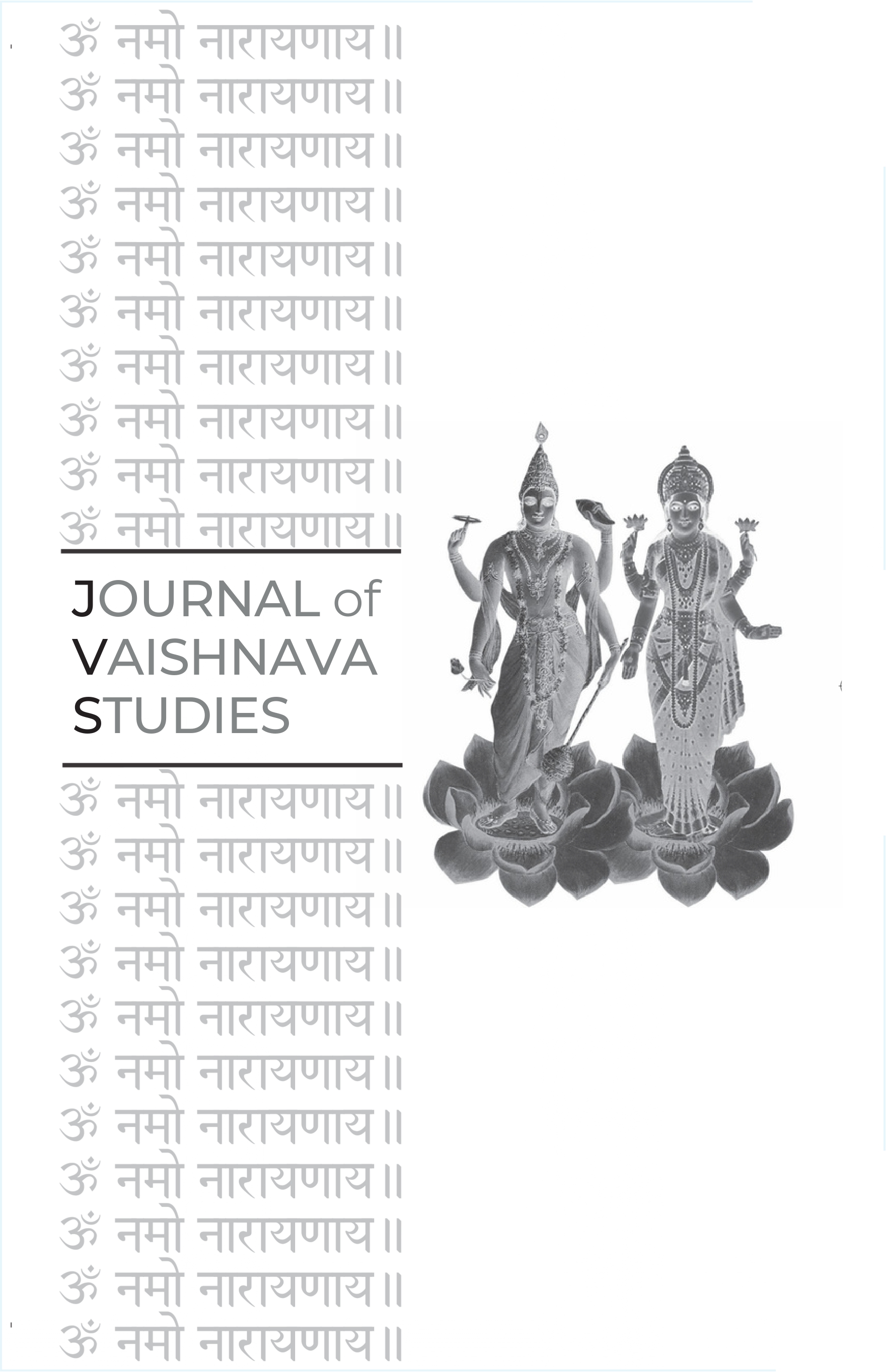A Jain Avatar?
The Purposes and Possibilities of Non-Vaiṣṇava Figures as Avatars of Viṣṇu
Keywords:
Vaiṣṇava, Avatar, Viṣṇu, Buddha, Ṛṣabha, Jainism, Buddhism, Hindu Inclusivism, Ahiṃsā, Purāṇas, TheologyAbstract
This article examines the theological implications of Vaiṣṇava traditions incorporating Buddhist and Jain figures, specifically Śakyamuni Buddha and Ṛṣabha, into their lists of Viṣṇu's avatars. It analyzes how these inclusions, while often serving as a form of Hindu inclusivism, can also be seen as reinterpretations that diverge significantly from the figures' original meanings within their respective traditions. The paper traces the historical evolution of this phenomenon through key texts like the Viṣṇu Purāṇa, Bhāgavata Purāṇa, and Jayadeva's Gītagovinda, highlighting shifts from polemical "disfigurement" to more appreciative, though still distinct, theological interpretations, particularly concerning the shared value of ahiṃsā. Ultimately, it explores the potential for such avatar inclusions to foster interfaith appreciation while acknowledging the inherent complexities and distortions that may arise.Published
2019-12-13
Issue
Section
Articles





